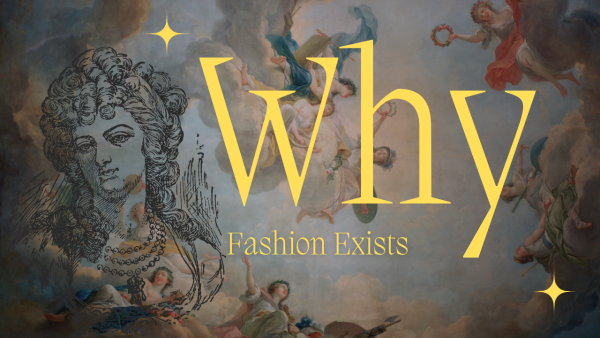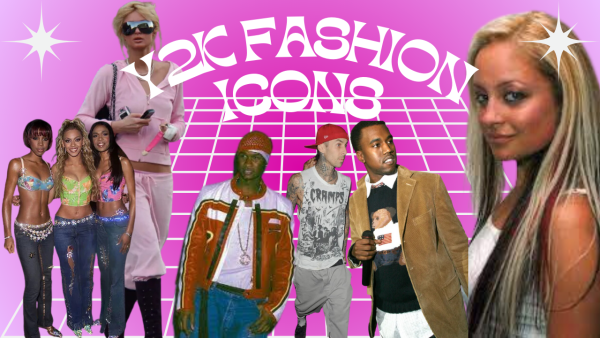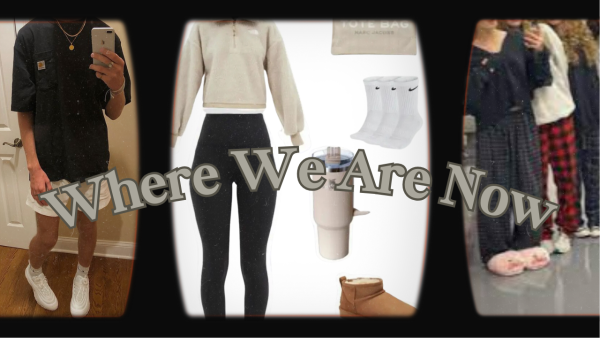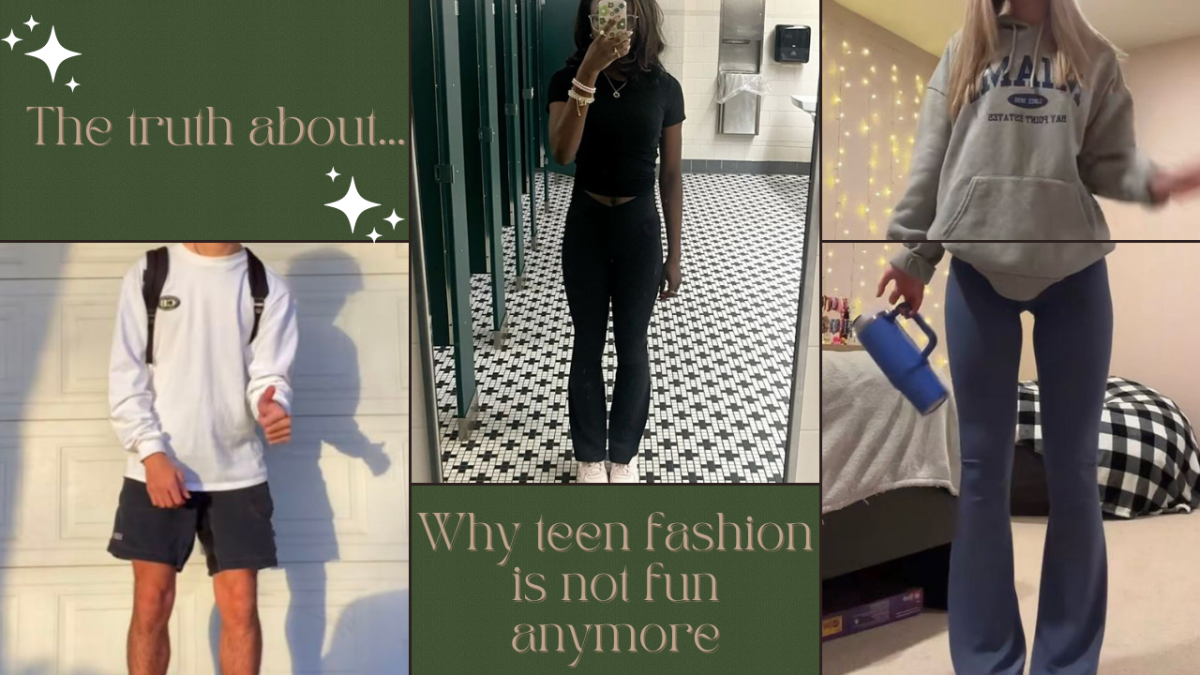In a world where children are the future, creativity, and individuality are important. Creativity establishes art, one of the highest forms of art can be how we, as humans, present ourselves. Fashion gives people an outlet to express themselves visually. Fashion can be a determining factor in how one is perceived as a person. So how can one be an individual in a sea of flared leggings, sweatpants, and college sweatshirts?
Aerie, American Eagle, Hollister, PacSun, and Brandy Melville are just a few examples of mainstream brands that market toward teenagers. These brands pump out simplistic clothes and sell them at an original price of around forty dollars. Clothing prices do vary depending on what type of clothing it is ( jeans, sweatshirt, t-shirt, jacket, etc.). A full outfit from some of the stores can start to cost you around one hundred dollars. For the lack of distinction and simplistic nature of the majority of the clothes these brands produce, the price to buy an outfit is very costly and quite frankly not worth it.
The dilemma between who’s fault exactly it is as to why the teenage fashion industry is the way it is, is one akin to the chicken and the egg: What exactly came first?
Do brands set the precedent for what exactly teens should wear, or do they just follow what they see teens wearing online and cater to them?
The answer to both dilemmas is evolution. For chickens to even exist there had to be a process of evolution in which an egg was transformed. When it comes to fashion it is the same.
For teen fashion to get to the state that it is in right now, where there is a cycle of brands making basic clothes and selling them for ungodly high prices, there had to be a process of evolution in which the priorities of fashion were transformed.

To first understand this transformation, there must be an understanding of the difference between clothing and fashion.
Clothing has absolutely no social meaning; it is simply the material/garment a person is wearing. Think cavemen wearing fur for warmth.
Fashion has social meaning and influence. It signifies a specific time and/or has context. Think of queens wearing gowns to signify their wealth and power.
The first very notable fashion era was the rise of Couture in the 1900s. Historical icons such as Marie Antoinette marked this era by wearing elaborate gowns in order to try and allow citizens to connect to her lifestyle. Couture fashion was being worn by political figures to signify their stances and their emotions.
In the 1920’s flapper style was popularized by young women who loved to dance and portray their free and energetic spirit to others. In the 1940s square shoulder jackets emerged. The 1960s was where bell bottoms rocked the nation and the 1980s was where the high-waisted mom jeans and puffer jackets arrived.
Towards the 1990s, simplistic fashion started to seep its way through. Brands like The Gap became popular for simply providing comfortable clothes but as the 2000s approached style decided to once again make its way towards the eccentric side.

Teens looked to 2000s fashion icons (Paris Hilton, Britney Spears, Nicole Richie, Kanye West, Travis Barker, etc.), for inspiration and took a more vibrant, scandalous, pattern-filled approach to what was once comfortable fashion. These fashion icons used vibrant styles to express their out there personalities. In return, their teen fans emulated these styles mostly due to how much they related to the celebrity personalities themselves.
Fashion is a cycle of emulating something that one aspires to be. Teens who aspired to be a rich fashionable star like Paris Hilton dressed like her. Teens who related to the lyrics and prose of Nirvana’s lead singer Kurt Cobain dressed like him. So why has this cycle of taking fashionable risks and trying different styles come to a close with Gen Z? What does their style say about them? Who exactly are they trying to be?
The answer is nothing. When it comes to recent Gen Z fashion, teens do not have high hopes. The fashion industry has come down from the era of eccentric clothes and crazy styles and has settled into the rise of “basics”. Simple tight black tees and baggy light wash jeans going for a total outfit price of almost eighty dollars at some stores.

High school itself used to serve as the main ground for students to share all of their different outfits with their peers. Now it is a place where the majority of students dress exactly the same. Sweatpants, Uggs, and baggy hoodies with colleges and universities such as, “Harvard” or “UPenn” sprawled on the front are the bulk of what you will see students wearing.
The biggest reason as to why students have decided to adopt this look is social media. Apps like TikTok have popularized a culture of bullying where if someone is wearing something that another person does not like they will outright harass them. People with different aesthetics on apps like TikTok and Instagram are prone to harassment due to harmful stereotypes. The fear of being ridiculed for dressing the way that they want to is what primarily holds teens back from dressing up.
As a response to the fear of not being accepted as their truest self, teens resort to a more lackluster and basic style of dressing. Brands then catch on to this and sell said lackluster products for higher prices.
This is where the issue lies.
For teens to truly make a mark on the world they need to learn the importance of individuality. Individuality and creativity are presented in the way you carry yourself. Teenagers all across the world should try to make an effort in the way they dress and make attempts to find their style because that can be one of the first steps to becoming impactful in society.



Willa Magland • Mar 19, 2024 at 4:53 pm
Great article! Shoutout to all the students that put a lot of effort into their outfits, you guys look great!